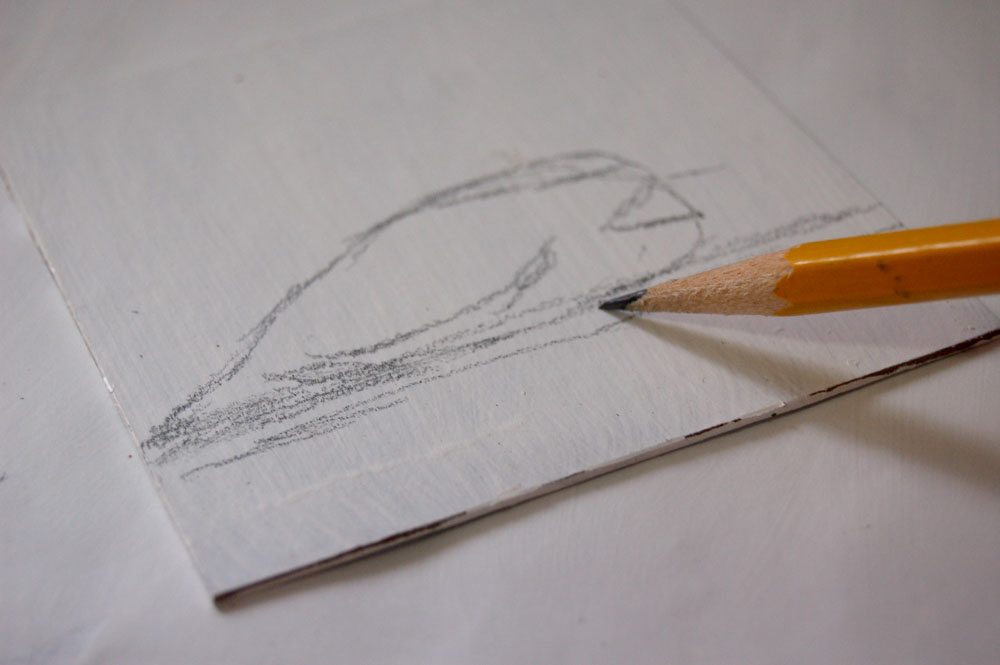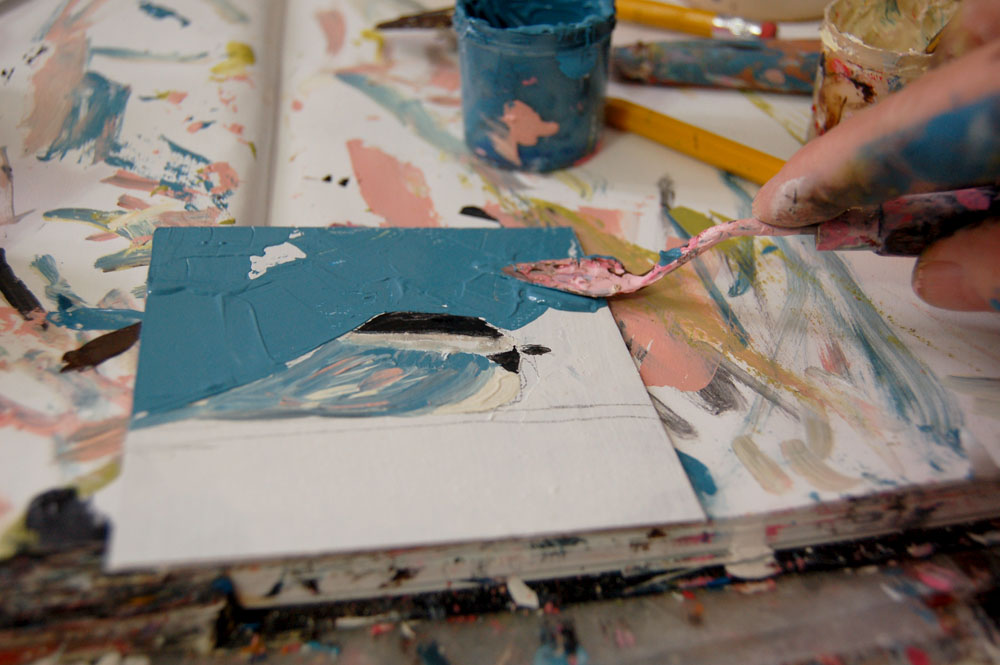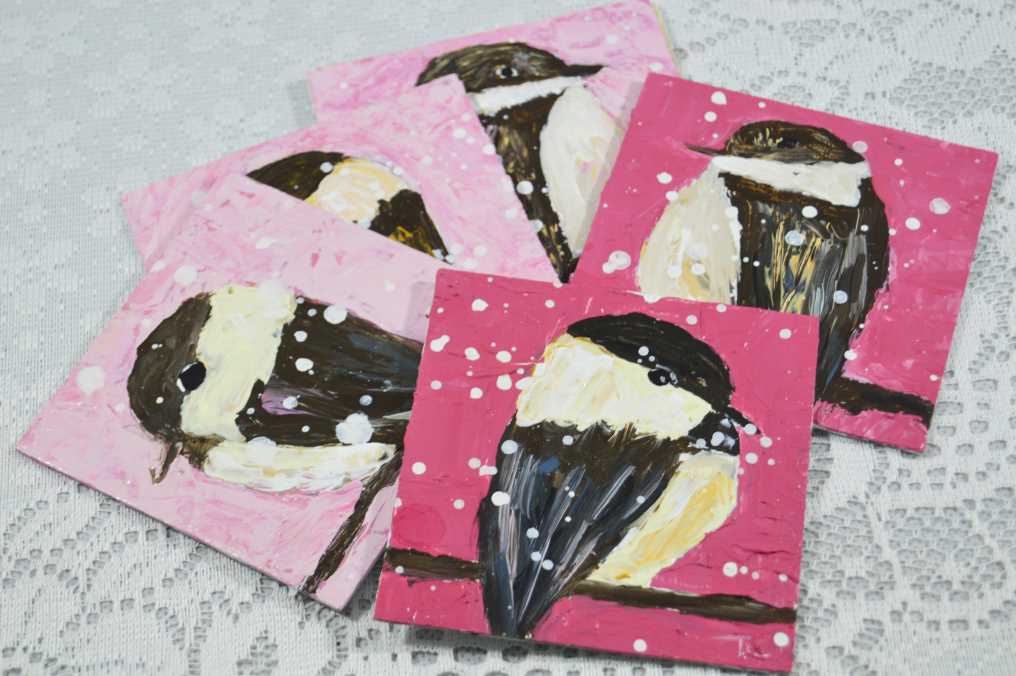
When I first started painting, and selling my artwork back in 2001, money was tight. I knew I had to keep my studio stocked with art supplies or I couldn’t work, yet I also needed to eat and live a little between painting sales. It was a tough juggling act to find a balance between spending what little money I made on food or art supplies. It was something I struggled with for several years, but I found some easy ways to cut the high cost of art supplies, and keep painting. If you’re trying to paint on a budget, you’ll want to keep reading.

example of what chipboard looks like
So, the first thing that comes to mind when I think of art supplies is..you need the basics. Gesso, paint, brushes or knives, some sort of surface to paint your painting on, and varnish to seal your work. You can get by nicely as a painter with only these few items. Today I’m going to write about the surface or substrate.
I’m not going to lie, hands down, I prefer using canvas. The problem with canvas is – it’s expensive, especially if you use good quality canvas, like I do. I can easily throw down $200 to $300 each time I purchase it. If you don’t have that kind of cash to spend upfront, a cheaper alternative is either canvas panels, wood panels or chipboard. I put the list in order from the most expensive. Chipboard is the least expensive to buy, so let’s start there.

What exactly is chipboard, you might be wondering? Chipboard is made from wood chips that are pressed together and bound with synthetic resin. It’s what they make cereal boxes with, only the kind I buy is thicker, and rigid. To give you an idea of the cost, I bought chipboard from Ebay about a month ago. I’m working on a project that requires a 3.9 inch painting surface, which is an odd size I knew I’d have to cut myself. I found a package of 20 acid free sheets of chipboard that were 8.5×11 inches. Perfect! I got .030 point, which as you can see in the photos, lies flat and takes big gobs of paint well. You want to get the thick stuff, otherwise it warps under the weight of the paint, and loses shape. You don’t want curly paintings.

I paid $8.00 for 20 sheets, plus got free shipping. Now, if you compare that to the cost of 20 canvas roughly the same size as the sheets, I would have paid about $225. So, buying chipboard instead of canvas equalled BIG savings for me. Chipboard has not only saved me money over the years, but it kept me painting when I didn’t have money to spend on canvas. The way I look at it, any day I’m painting, and not sitting on the sidelines wishing I was painting is a GREAT day. If you love to paint as much as I do, I think you’ll agree. Give chipboard a try, and let me know how you like it.
Next week, I’m going to write about ways to save money on paint, and it might not be exactly what you expect. Stay tuned.